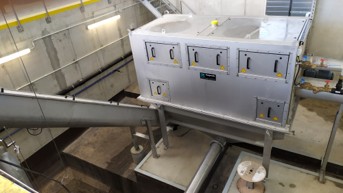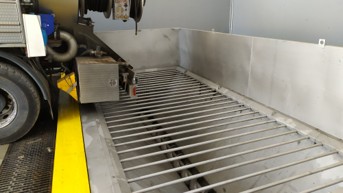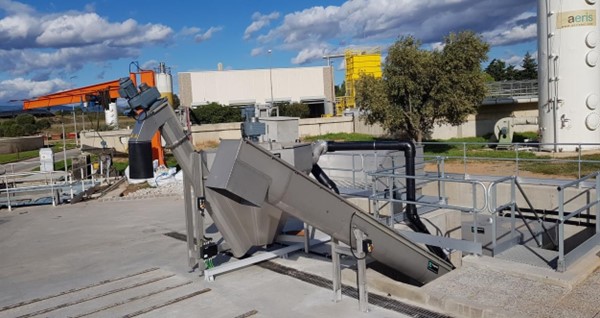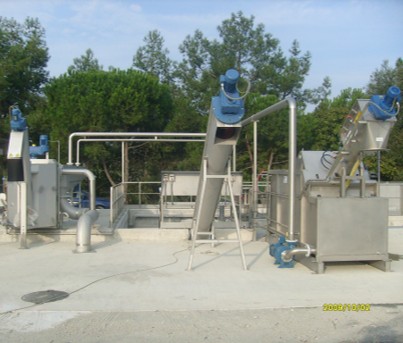Effective solutions for sand and surface wastewater collection
At first glance, urban infrastructure seems invisible, but heavy rains, flooding, and unpleasant odors quickly remind us what happens when surface water and sewage collection systems fail. With extreme weather becoming more frequent, the amount of debris accumulating in cities is also increasing: sand, gravel, leaves, rubbish, even petroleum products. If all this ended up directly in rivers or lakes, we would be talking not only about aesthetic problems, but also about serious environmental pollution. Therefore, surface water management is a sensitive issue for companies that maintain sewerage networks and wastewater treatment plants.
If all of this ended up directly in rivers or lakes, we would be talking not only about aesthetic problems, but also about serious ecological pollution.
Why does this problem arise?
During rain or snowmelt, water collects everything in its path from the city’s surfaces: a layer of dust, leaves, trash, even spilled oil. This mixture of debris and water enters the surface drainage pipes. Over time, uncleaned pipes fill with sand, gravel, and sludge, which significantly reduces their permeability and increases the risk of flooding.
Another problem: wastewater treatment plants. They are not always designed to accept such flows, especially when the waste is not sorted or dried. Such untreated wastewater can disrupt the entire treatment process, increase operating costs, and reduce the efficiency of the facilities.
Operators – between responsibility and limited possibilities
Operators responsible for maintaining surface and sewerage networks face a variety of challenges:
- limited human and technical resources,
- expensive transportation and disposal of pumped sludge and sand,
- inefficient work planning when there is a lack of space to unload the collected material,
- odors, hygiene issues, untidiness in the cleaning area.
odors, hygiene issues, untidiness in the cleaning area.
The solution – specialized Noggerath® stations®
The Noggerath® Surface Wastewater Reception Station and the Noggerath® Grit Reception Station GRS are two different but complementary solutions designed specifically for wastewater management challenges.
The Noggerath® Surface Wastewater Collection Station consists of a three-stage system, which includes:
- Collection in a stainless steel bunker with splash protection and horizontal spiral;
- Separation of coarse solids using a perforated drum screen with a washing belt and collection tank;
- Sand washing with a vortex pump supplying a GWC washing unit, where the sand is washed and dried.
❯ Find out more: Noggerath® Surface Wastewater Reception Station
Noggerath® Sewer Grit Receiving Station GRS
Designed for receiving, removing, and treating sand and sludge generated during sewer cleaning operations. The complex system includes:
- Receiving bunker with the option of transport via a spiral conveyor,
- RSH-I drum screen for retaining coarse fractions,
- GWC grit washing system, which removes organic impurities and reduces moisture content,
- Screens for fine materials and a drainage screen for overflow areas.
❯ Learn more: Noggerath® Sewer Grit Receiving Station GRS
What do cities and treatment plants gain?
- Lower flood risk
- More effective protection of facilities
- Odor control and hygiene
- Possibility to reuse cleaned grit (e.g., for road construction)
- Lower transportation and disposal costs
When specific solutions are needed, Noggerath® stations are the answer.
Conclusion
It’s not that Noggerath® plants are too good for Lithuania. It’s more likely that they are not yet well known enough. However, these stations are already in operation throughout Europe: in Spain, Italy, France, Poland, and surface water management is becoming less and less of a concern for them.
When it is not enough to just talk about a sustainable environment, but concrete solutions are needed, Noggerath® stations are the solution.




Contact us and let us help you find out how we can improve your wastewater treatment processes!
